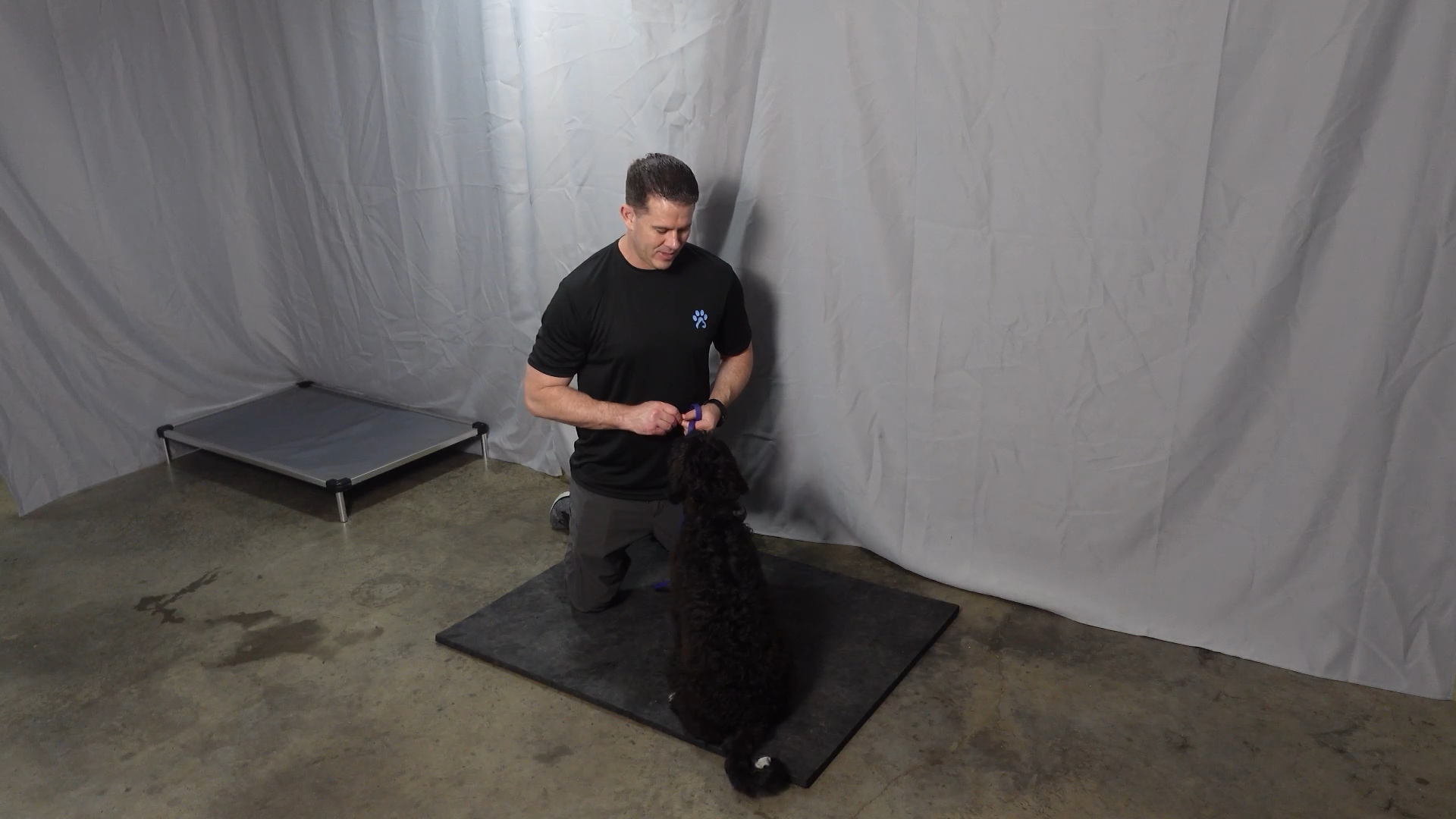Cynopraxic & LIMA Dog Training
What Is LIMA and Cynopraxic Training?
Cynopraxic Training Philosophy
Steven R Lindsay considers himself a Cynopraxing trainer and describes it as
Competence-Based Approach
LIMA requires trainers and consultants to elevate the use of positive reinforcement while minimizing or eliminating the use of punishment in their interactions with both animal and human clients. To uphold best practices, consultants must continually enhance their knowledge of animal behavior through ongoing education and hands-on experience. A trainer must refrain from advising on issues beyond their recognized competencies and experience levels.

What does Lindsay have to say about punisment
In addition to avoiding recommendations that may potentially harm the relationship between family and dog, training recommendations should not present risks of injury to the owner or dog. Although well-timed corrections can be highly effective and expedient, recommendations involving the hitting and hanging of aggressive dogs (Koehler, 1962; Hart and Hart, 1985a) should be avoided. Not only are such methods of questionable efficacy, they may actually significantly worsen the situation if improperly performed and, perhaps, cause the owner to be bitten or cause physical injuries to the …] By focusing on tools, it takes away the focus from violent and dangerous techniques that do not require the use of a tool.
Steven R. Lindsay, a respected scholar in canine behavior and the author of the comprehensive “Handbook of Applied Dog Behavior and Training” (3 volumes), offers a nuanced and cautiously supportive view of electronic collars (e-collars), particularly in Volume 3: Procedures and Protocols.
Lindsay’s Position on E-Collars:
Conditional Support
Lindsay does not categorically oppose e-collars. Instead, he argues that when used judiciously, humanely, and competently, e-collars can be an effective tool, especially in behavior modification for severe problems (e.g., chasing, aggression, livestock harassment).
Behavioral Science Backing
Lindsay emphasizes the principles of operant conditioning, noting that:
Aversive stimuli, like mild electric stimulation, can suppress unwanted behaviors effectively.
However, this must be done in a way that avoids creating fear, pain, or confusion.
 Warnings and Caveats
Warnings and Caveats
Inappropriate use—such as applying high-level shocks, poor timing, or inconsistent signals—can lead to fear, stress, or aggression.
He strongly warns against use by inexperienced handlers, emphasizing that improper use can cause lasting behavioral damage.
Integration with Positive Methods
Lindsay promotes balanced training, integrating both reward-based methods and aversive controls when necessary. He sees e-collars as one tool among many, not a default or standalone solution.
A Quote (Paraphrased Summary):
“Properly used, remote electronic training collars may be among the most humane, precise, and effective tools available for the resolution of difficult behavior problems… but improper use can do serious harm.”


Positive Reinforcement and Learner Understanding
Central to LIMA is the consistent application of positive reinforcement as the primary method for teaching, training, and behavior modification. This approach is associated with lower incidences of aggression, attention-seeking behaviors, avoidance, and fear in learners. Crucially, the effectiveness of any stimulus—be it handling, food, tools, or environment—is determined solely by its impact on the learner’s behavior, not by the trainer’s biases or intentions.
Systematic Problem-Solving and Ethical Strategies
Trainers must adopt a systematic approach to ensure the success of the dog, defining specific target behaviors, their purposes, and the consequences that sustain them. Ethical decision-making involves an understanding of how each intervention affects the learner, emphasizing sensitivity to their experience throughout the process.


Preventing Abuse
Choice and Control
Guided by LIMA, trainers are obliged to afford dogs—as much control and choice as possible. This approach respects each individual’s unique characteristics, preferences, abilities, and needs. This is all part of the training process so dogs will work for treats, and others will work for play or a toy. Knowing the dog and understanding its drives (ethology) makes training easier and faster.


Focus on Desired Behaviors
Purely positive dog trainers twist LIMA to advocate for reinforcing desired behaviors by consistently posing the question: “What do you want the animal to do?” It rejects the use of aversive methods and tools such as electronic or prong collars in favor of positive reinforcement strategies proven effective in achieving behavior change. Here we again see where LIMA was twisted to fit someone’s personal beliefs and not staying with the facts of what LIMA is and what Steven Lindsay had to say.
From Steven Lindsay Volume 3
Humane Hierarchy
By adhering to LIMA principles, trainers uphold the highest standards of humane and effective practices in animal behavior training. Again we have are triangle to guide us and ensuring the health of a dog before training is always taken into consideration.


Abusive training techniques
At Species k9, we pride ourselves on offering Cynopraxic & LIMA Dog Training, fostering a compassionate approach to enhance the bond between you and your canine companion. Our specialized methods prioritize the least intrusive and minimally aversive techniques, ensuring a positive and ethical training experience. Choose Species K9 in Central Texas for a tailored approach that prioritizes your dog’s well-being. Now servicing San Antonio, Texas

 Warnings and Caveats
Warnings and Caveats